Rural Economic Development, Food Security (REDFS)
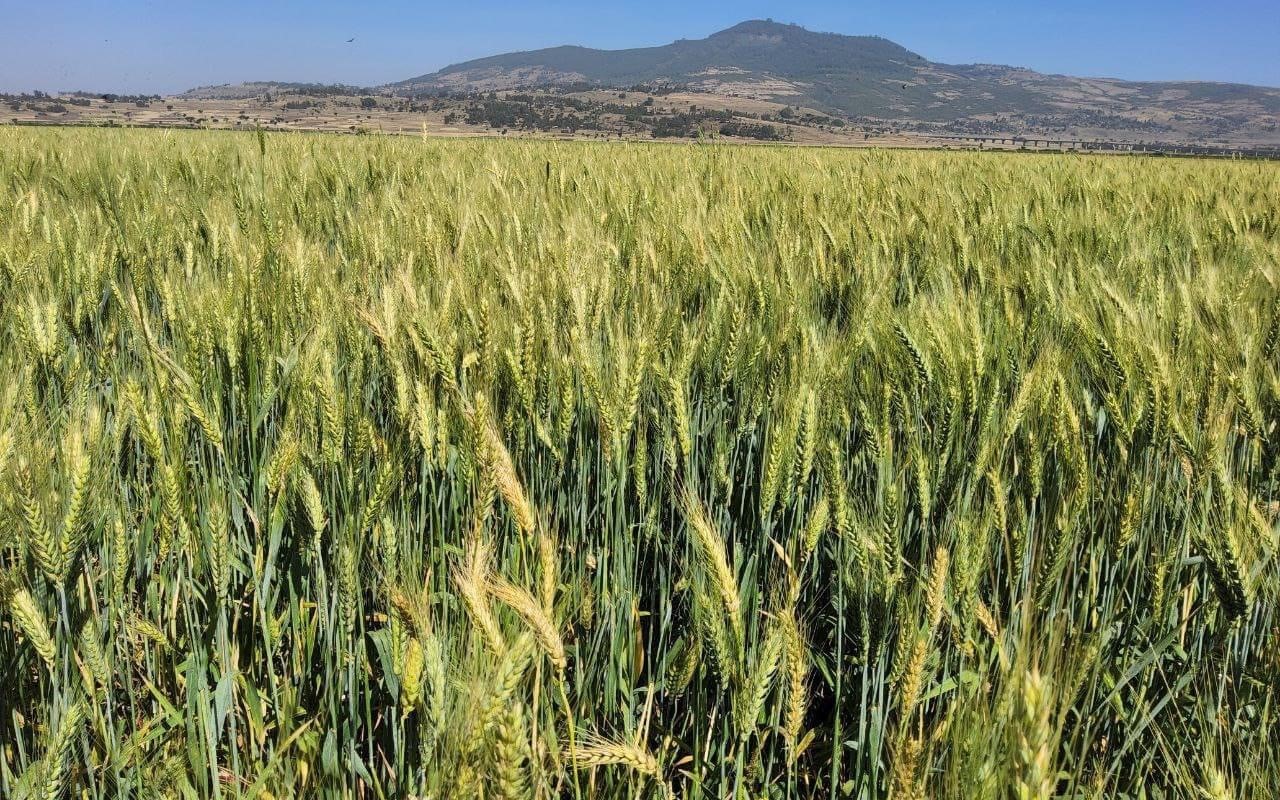
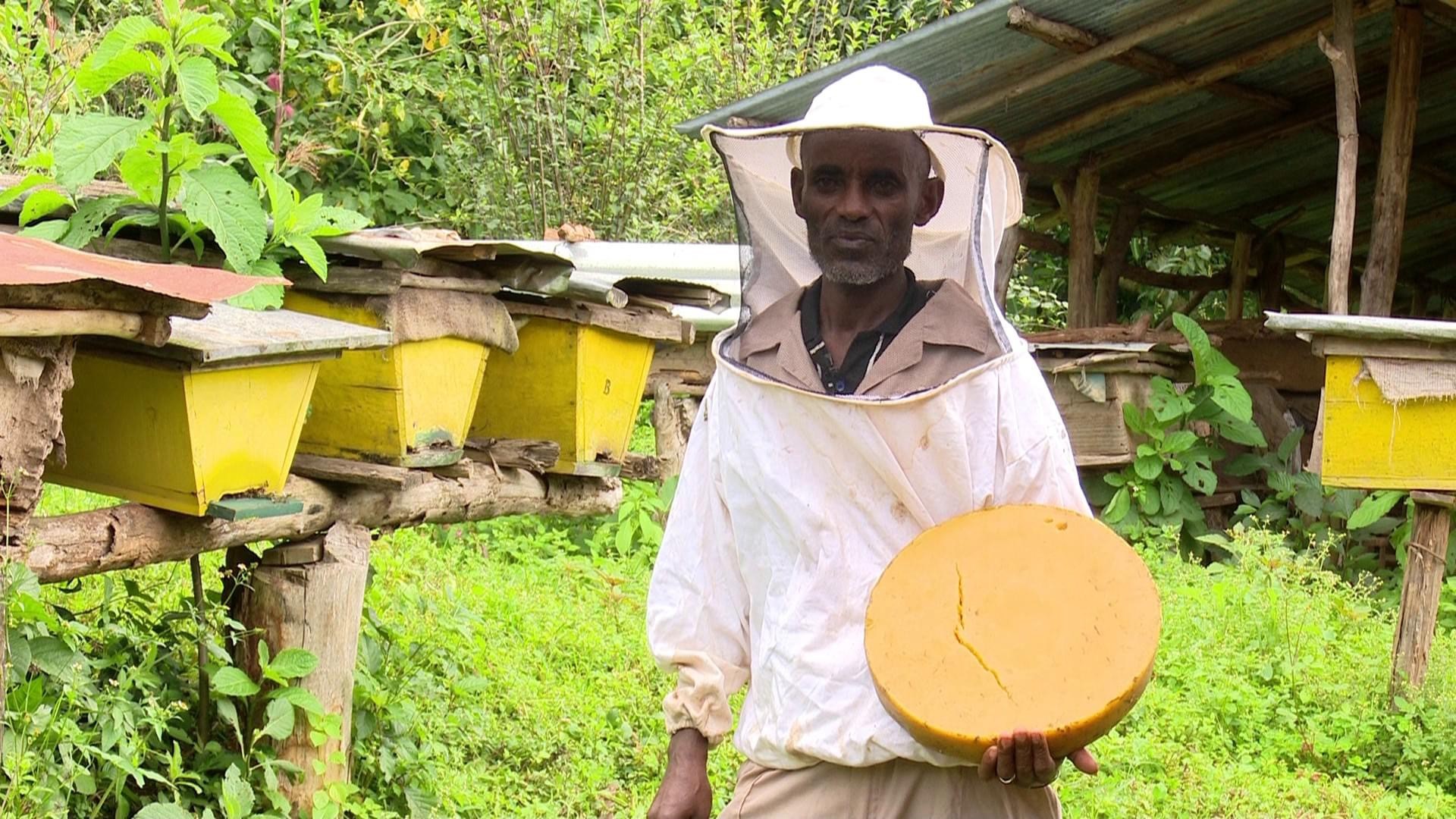

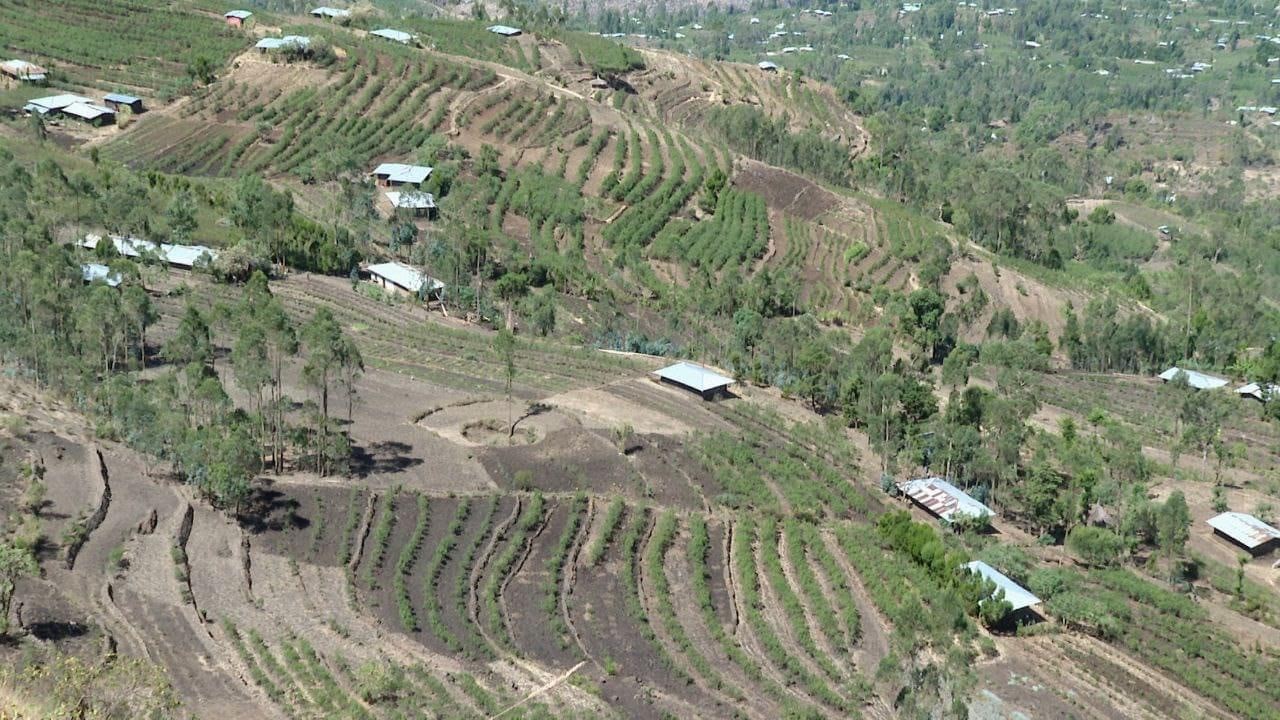
Rural Economic Development, Food Security Joint Working Group (REDFS) is a platform for the Government of Ethiopia and Development Partners to coordinate and cooperate in the agriculture sector and its related areas. REDFS aims to align with the Ten Year Agriculture Sector Plan (TYASP) and the Ethiopia’s Food Systems vision, and to promote harmonization, alignment, and aid effectiveness in the sector.
The Rural Economic Development, Food Security Joint Working Group (REDFS) is a platform for the Government of Ethiopia and Development Partners to coordinate and cooperate in the agriculture sector and its related areas. REDFS aims to align with the Ten-Year Agriculture Sector Plan (TYASP) and the Ethiopia’s Food Systems vision, and to promote harmonization, alignment, and aid effectiveness in the sector.
The REDFS JWG has a three-layered structure, composed of an Executive Committee, Technical Committees, and Task Forces. The REDFS JWG also has a Secretariat to provide administrative and technical support. The REDFS JWG meets regularly to conduct joint analysis, planning, monitoring, and evaluation of the sector development. REDFS also communicates and coordinates with other DPG structures and stakeholders, such as non-traditional donors, private sector, and civil society.
The primary objective of the REDFS JWG is to align its activities with the Ten-Year Agriculture Sector Plan (TYASP) and Ethiopia’s Food Systems vision. This alignment is aimed at promoting harmonization, alignment, and aid effectiveness in the sector, thereby contributing to the overall development of the agriculture sector in Ethiopia. REDFS operates through a three-layered structure. This includes an Executive Committee at the top, which is responsible for making key decisions and providing strategic direction. The Technical Committees form the second layer, and they are tasked with the implementation of the decisions made by the Executive Committee. The Task Forces form the third layer, and they are responsible for carrying out specific tasks as assigned by the Technical Committees. In addition to these three layers, the REDFS JWG also has a Secretariat. The role of the Secretariat is to provide administrative and technical support to the other layers of the REDFS JWG. This ensures that REDFS operates smoothly and effectively.
The REDFS JWG meets regularly to conduct joint analysis, planning, monitoring, and evaluation of the sector development. These meetings provide an opportunity for all stakeholders to share their insights and experiences, and to discuss and resolve any issues or challenges that may arise. Furthermore, the REDFS JWG also communicates and coordinates with other DPG structures and stakeholders. This includes non-traditional donors, private sector entities, and civil society organizations. This broad-based engagement ensures that the REDFS JWG can leverage the strengths and resources of a wide range of stakeholders in its efforts to promote rural economic development and food security in Ethiopia.
REDFS JWG plays a crucial role in Ethiopia’s agriculture sector by facilitating coordination and cooperation among various stakeholders, aligning its activities with national plans and visions, and promoting harmonization and aid effectiveness. Through its structured approach and broad-based engagement, the REDFS JWG contributes significantly to the advancement of rural economic development and food security in Ethiopia.
Documents
Quick Links
Chairs & Co-chairs
Success Stories

Building Enterprises that can Transform Lives
The ILO ProAgro Ethiopia project is empowering entrepreneurship and accelerating enterprise development in the country’s agribusiness sector. Financially supported by
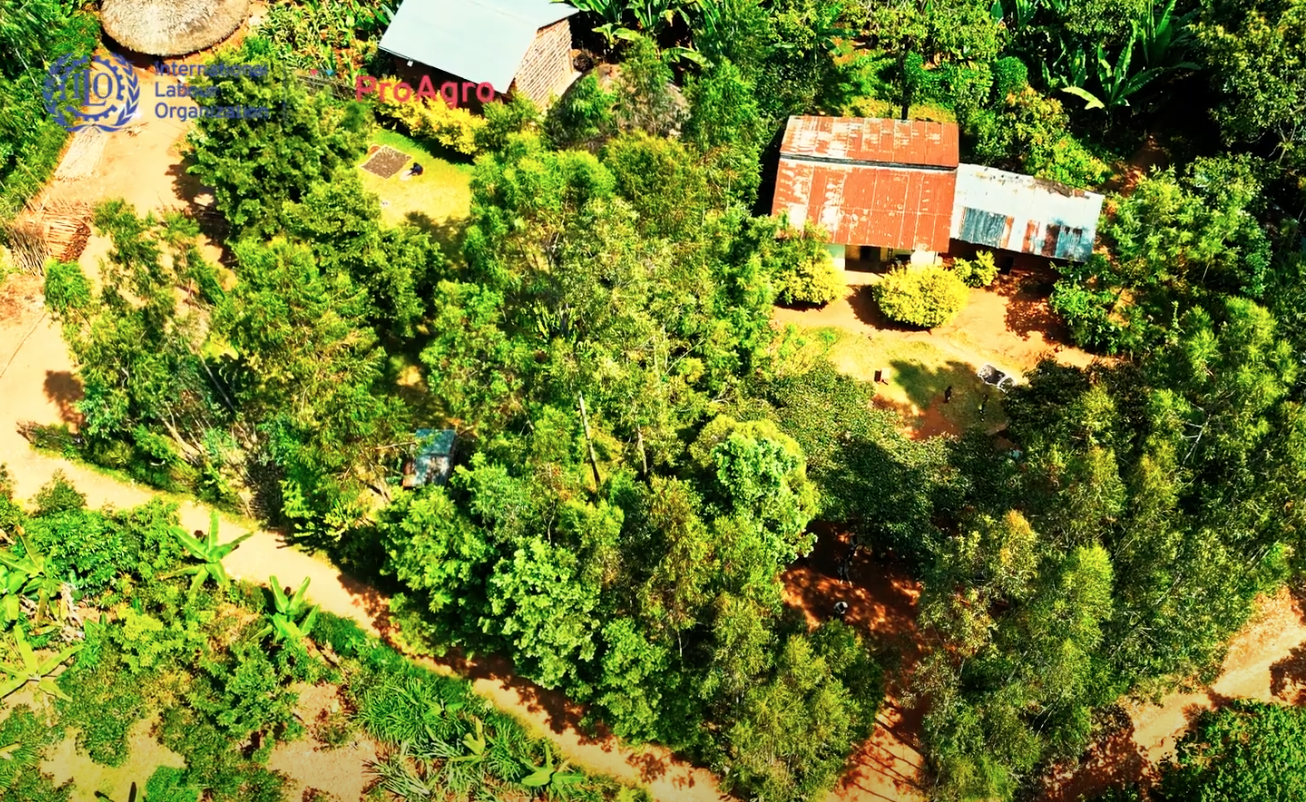
ILO’s ProAgro Ethiopia Project Bridging Skill Gaps
ILO’s ProAgro Ethiopia project is bridging skill gaps through quality and demand-driven skills training to boost employment in the agribusiness
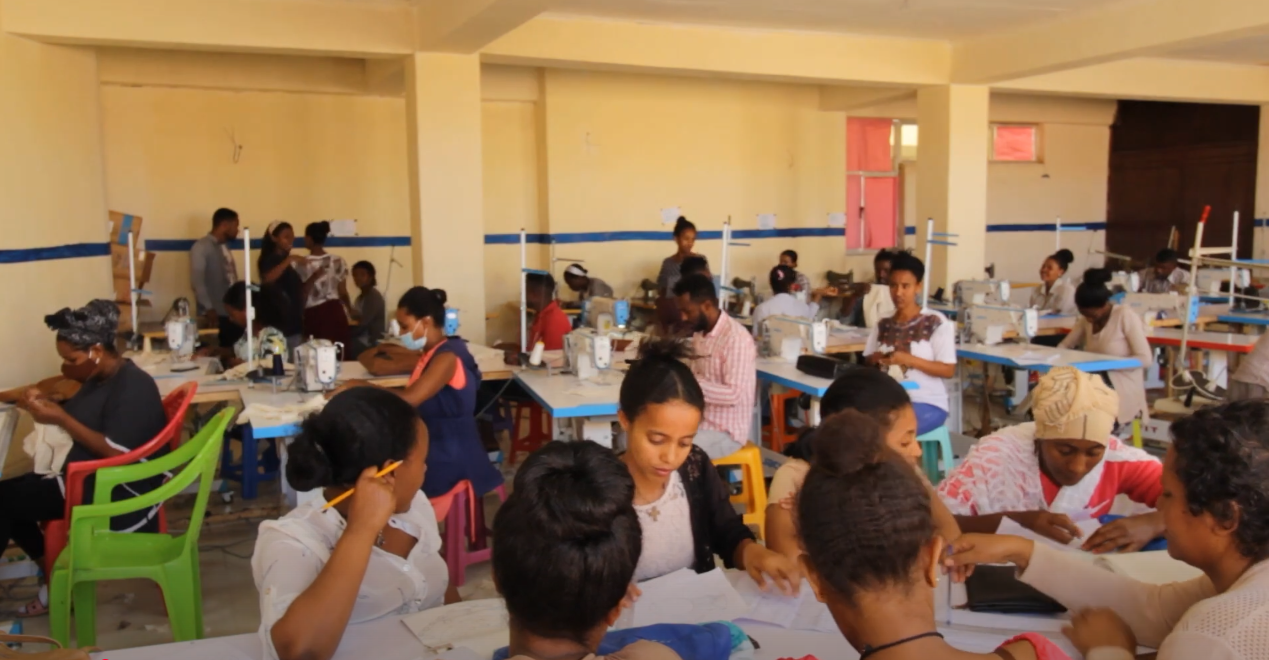
Job Skill and Education – Sexual and Reproductive Health
The Netherlands Embassy in Ethiopia is committed to promoting stability and inclusive socio-economic development. In partnership with Cordaid Ethiopia, which
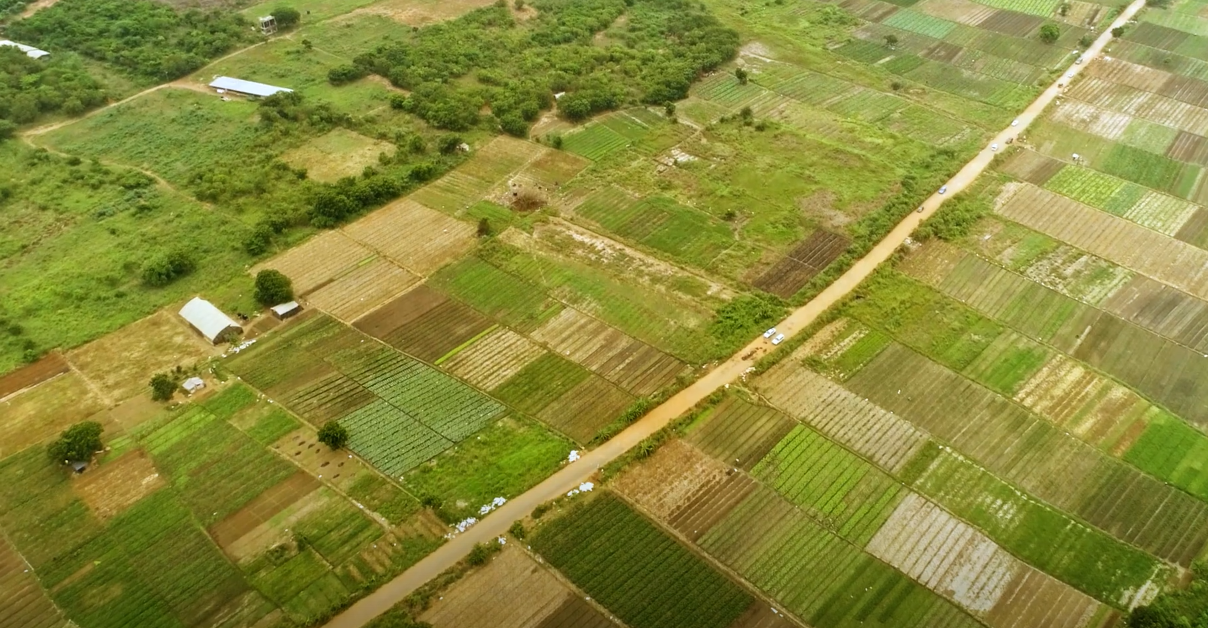
Ethiopian Seed Partnership
The Ethiopia Seed Partnership is dedicated to enhancing food security and nutrition, and building resilience to shocks and stresses. This
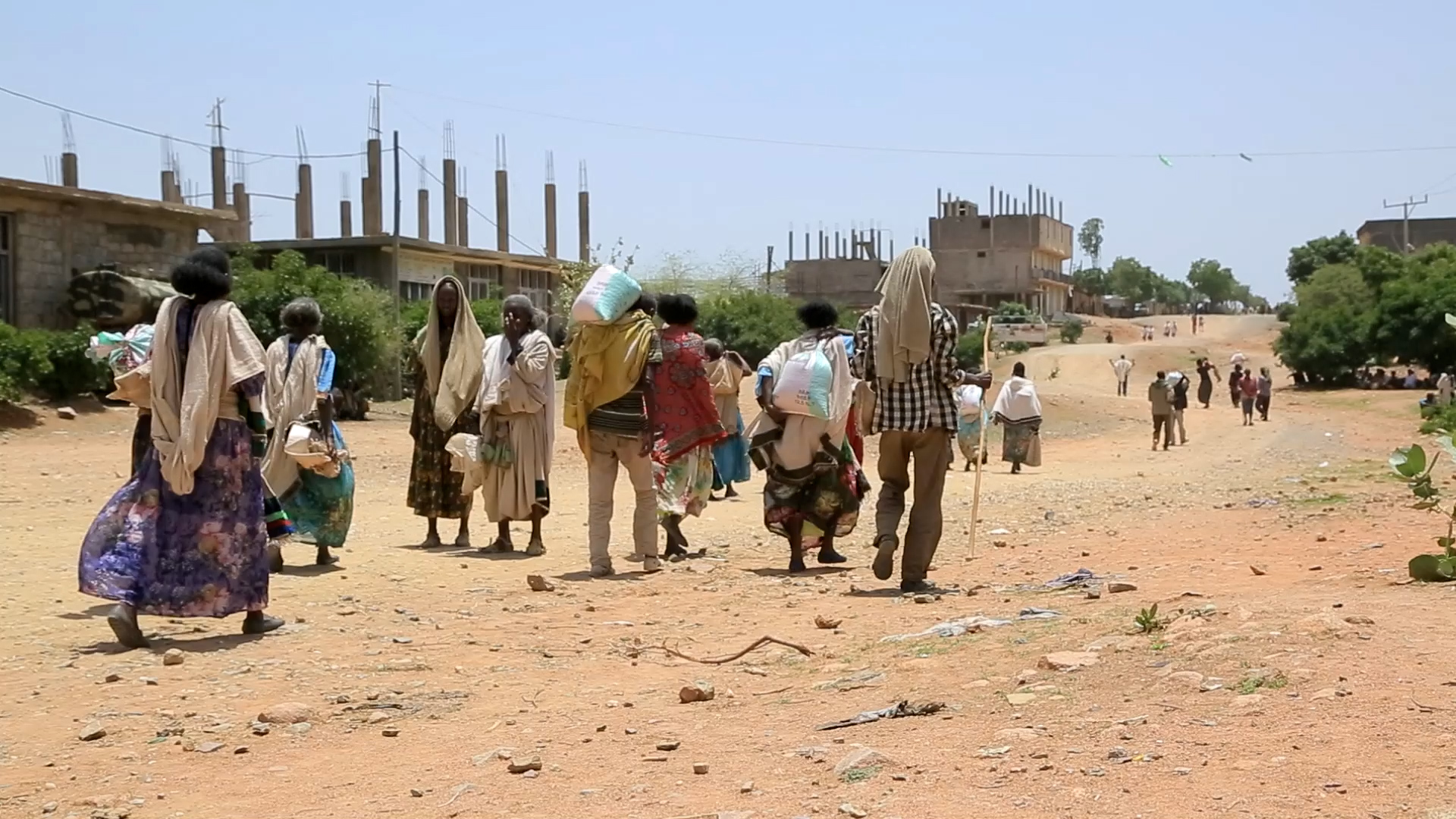
UNOPS and World Bank Portfolio in Tigray
Between 2020 and 2022, conflict in Tigray Region of Ethiopia severely affected millions of people. It caused loss of lives,
News

Japan Avails Funds to FAO for Strengthening Climate-resilient Agriculture among the Conflict-affected Communities in Ethiopia
The Food and Agriculture Organization of the United Nations (FAO), in partnership with the Government of Japan, facilitated by the
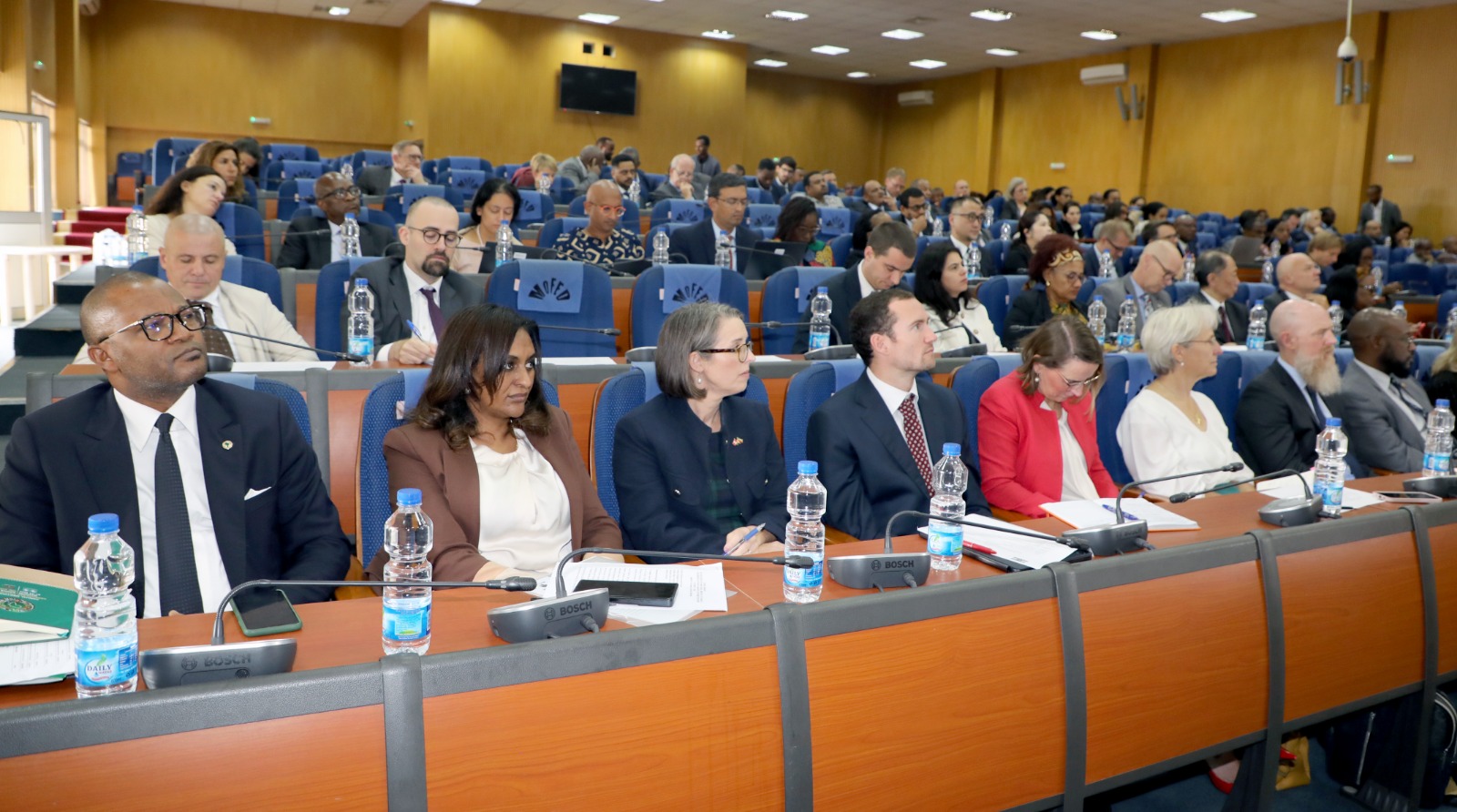
Ethiopian Government and Development Partners Convene to Discuss Macroeconomic Reforms
The Government of Ethiopia, in collaboration with the Development Partners Group (DPG), held a high-level meeting at the Ministry of

Pathways to Accompany Ethiopia’s Strive towards Sustainable Development
UN Ethiopia presented its proposed five pathways and enablers for the UN collective response to help Ethiopia address its national

Development Partners and Government Convened to Deliberate on Ethiopian Food System and Nutrition Transformation Agenda
The Government of Ethiopia (GoE) reaffirmed its dedication to achieving the Sustainable Development Goals (SDGs) when presenting the Ethiopian Food and Nutrition Systems (EFSN) today at the Ministry of Finance (MoF)
Objectives of REDFS
The primary objective of the REDFS JWG is to establish a platform that allows the Government of Ethiopia and its Development Partners to engage in meaningful dialogue. This platform is designed to ensure effective coordination and cooperation within the agriculture sector. It achieves this by enhancing development cooperation, aligning with the Ten-Year Agriculture Sector Plan (TYASP), and facilitating joint analysis, planning, monitoring, and evaluation. Furthermore, it aids in the communication and coordination of sector updates. Another key objective of the REDFS JWG is to ensure that Agriculture Sector Policies, strategies, and programmes are effectively led by the Government and supported by Development Partners. This is in line with the Paris Declaration principles as well as the Bussan Commitments of alignment, harmonization, and coordination. Through these objectives, the REDFS JWG plays a crucial role in promoting rural economic development and food security in Ethiopia.

Situation of the Sector
Recent progress and advances in the Ethiopian Food systems
Over the last two decades, Ethiopia has made significant progress in increasing staple cereal production to reduce hunger and undernutrition. Total cereal production increased 2.7 times from 10.9 million metric tons (mt) in 2000/01 to 29.7 million mt in 2019/20.5 Aggregate cereal crop productivity increased from 1340 kg to 2832 kg/ha, doubling the total production of cereals in two decades. The total area under cereal cultivation grew by 1.34% p.a., total production grew by 5.4% p.a., and cereal productivity grew by 4% p.a. since 2000/01. Maize accounts for 32.5% of total cereal and 21.7% of total area under cereal, followed by wheat 17.9% of cereal production and 17.1% area, sorghum 17.4% of total cereal production and 17% of area, teff 19.3% of cereal production and 29.6% of total area, barley accounts for 8% of total production and 9.1 % of area, finger millet 3.8% of production and 4.3% of area, and oats 0.2% of production and 0.2% of area. It is important to note that maize is the most dominant crop in total production, whereas teff dominates the area cultivated. Yield has increased significantly for all major cereal crops since 200011, which has helped increase production.
Design of the Ethiopian Food Systems
Ethiopia is fully committed to achieving the Sustainable Development Goals and has participated wholeheartedly in the UN Food Systems Summit. The Government of Ethiopia, therefore, launched the Ethiopian Food Systems (EFS) process in December 2020 (which started earnestly from January 2021) to define Ethiopia’s vision and pathway for national food systems transformation, which will be presented at the UN Food Systems Summit. The EFS has been convened by His Excellency Oumer Hussein, Minister of Agriculture, and Her Excellency Dr. Lia Tadesse, Minister of Health, and has been built around a High-level roundtable discussion and Background paper, followed by two sequential national dialogues and a formal EFS launch:
The EFS pathway follows in the footsteps of Ethiopia’s Homegrown Economic Reform Agenda, which aims to transform Ethiopia from a largely agrarian low-income country to an industrialized lower-middle-income country. It has been carefully designed to both align with and evolve Ethiopia’s existing food systems policy ecosystem and critical national programs, including the Homegrown Economic Reform, the Ten-year Development Plan: the Pathway to Prosperity; Food and Nutrition Policy, the Ministry of Agriculture’s Nutrition Sensitive Agriculture Strategy and the Multisectoral Food and Nutrition Policy,
The Disaster Risk Management Policy (DRM), social protection policies such PSNP5 (Productive Safety Net Program), and the Seqota Declaration, among others. The EFS also incorporates lessons from the Government of Ethiopia’s previous plans and programs, such as agricultural and nutrition plans, including GTPs (Growth and Transformation Plan) I and II and ADLI (Agriculture Development Led Industrialization).
Structure of the prevailing Ethiopian food systems
Ethiopian Food Systems are transforming, driven by a fast-growing population, rising incomes, rapid urbanization, development of agro-processing industries, and climate change. This transformation needs to be shaped in a way that increases food availability and choice, promotes equitable incomes, and supports the adoption of healthy diets. However, significant challenges need to be resolved to achieve these outcomes. Changing demography and rising incomes will increase the demand for nutritious foods, placing increasing strain on finite arable land. Furthermore, increasing soil erosion and land degradation need to be addressed through increased use of regenerative farming practices that preserve and restore
Soil fertility and reduce reliance on chemicals such as pesticides. Production needs to be diversified to reduce monocropping and increase food choice and the availability of affordable, nutrient-dense foods. Livestock production must be expanded to improve access to nutritious animal-sourced foods without significantly increasing greenhouse gas emissions. The growing agro-processing sector must be supported to increase job creation and access to healthy and nutritious foods, such as biofortified foods. All these transformation must protect and enhance smallholder fanners’ role and increase their incomes.
To feed and improve the health of a growing populace, Ethiopia must produce a more nutrient-dense food basket. Nutrient-dense food is defined as high in nutrients but low in calories, such as fruit” vegetables, whole grains, low-fat or fat-free milk, lean meats, beans, and pulses.’ Nutrient-dense foods contain vitamins, minerals, complex carbohydrates, lean protein, and healthy fats. Examples of nutrient-dense foods include fruits and vegetables, whole grains, low-fat or fat-free milk products, seafood, lean meats, eggs, peas, beans, and nuts.
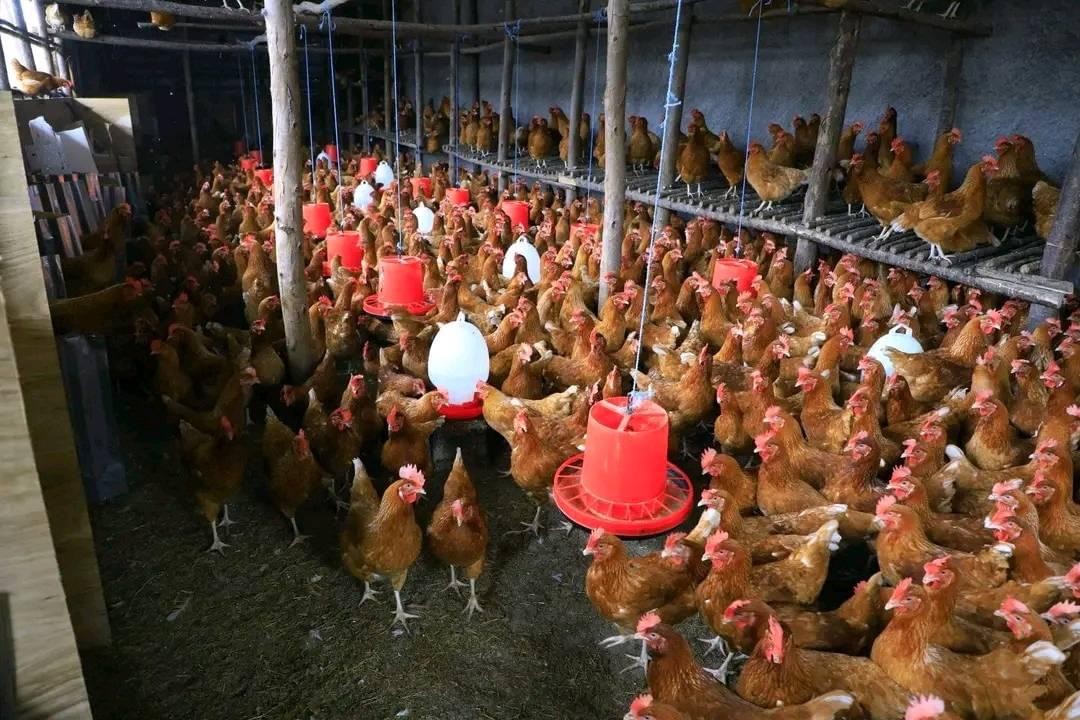
Ethiopia must achieve all this whilst limiting the environmental impact of agriculture and livestock. An assessment conducted in 2011 by Community Development Research for the Global Methane Initiative indicates that, while C02 and methane emissions (two of the most damaging greenhouse gases (GHG)) in Ethiopia have historically been low, emissions have proliferated over the past two decades in tandem with economic growth. As the agricultural sector evolves to deliver a more diverse food and nutrient rich food basket, food systems’ contribution to national GHG emissions will grow.
The Government of Ethiopia has initiated a Climate-Resilient Green economy initiative (CRGE, 2011) that identifies opportunities to reduce GHG emissions by 64% by 2030, compared to a business-as-usual scenario. This includes specific interventions for the agricultural sector. Current low productivity levels for crops and livestock mean that emissions per unit of production are higher than in equivalent high-productivity agricultural systems. Therefore, by increasing farm productivity, promoting the adoption of more sustainable regenerative farming practices, and reducing food losses, GHG emissions growth can be curbed, or at least contained, in Ethiopia.
The effects of climate change and environmental degradation are highly visible in Ethiopia through recurrent extreme climatic events such as droughts and floods. Land and soil degradation represents a major challenge to continued productivity, whilst deforestation has taken place at pace. To counter these challenges while increasing agricultural output, production practices must also become regenerative to counter land; soil, water, and forest degradation. Food systems transformation needs to take a holistic account of these realities.
Furthermore, as the food system transforms, it increases land and labour productivity, releasing surplus labour from the dominantly’ traditional’ and subsistence system to an increasingly commercialized system and residing in cities. To ensure the food systems provide equitable livelihoods, Ethiopia must foster and support the continued growth of small and medium-sized manufacturing and agro-food processing enterprises to provide additional employment and absorb surplus labour from agriculture and livestock.
Transformed food systems are expected to induce the development of small and medium manufacturing and agro-food processing enterprises and urbanization, as is happening in Ethiopia. The emergence of such enterprises leads to specialization and commercialization, taking advantage of local conditions, such as livestock production, fruit, vegetables, pulses, or oilseeds production specialization.


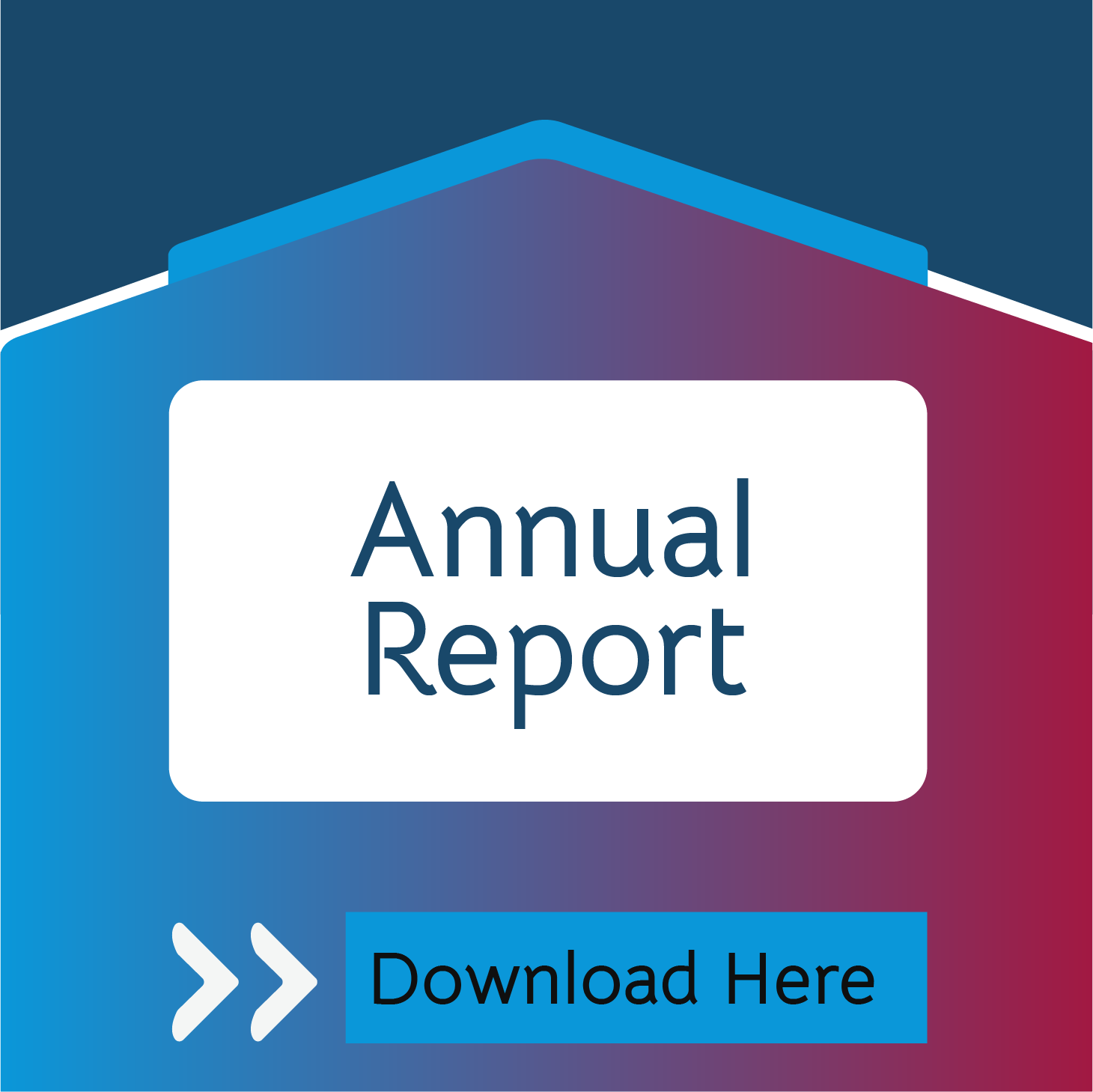



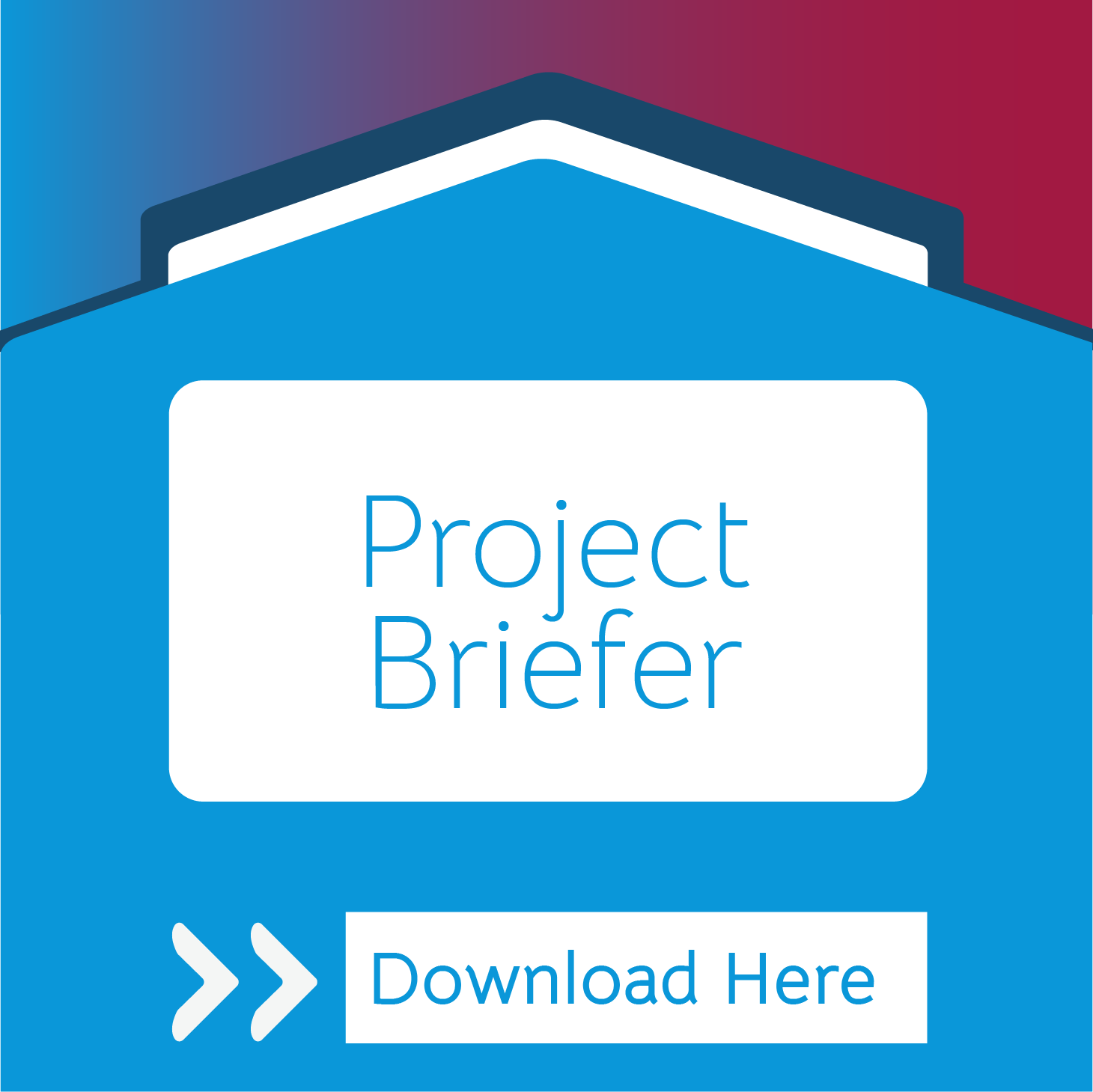

 ...
...